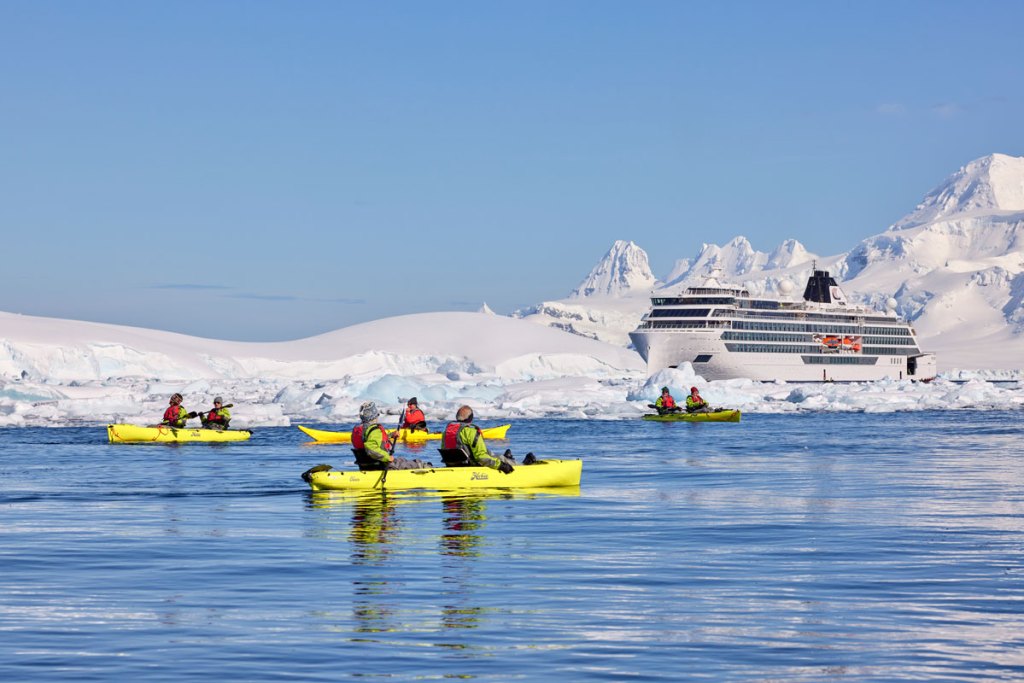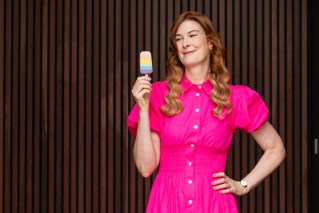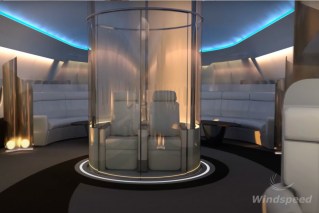This cruise ship has a most surprising feature
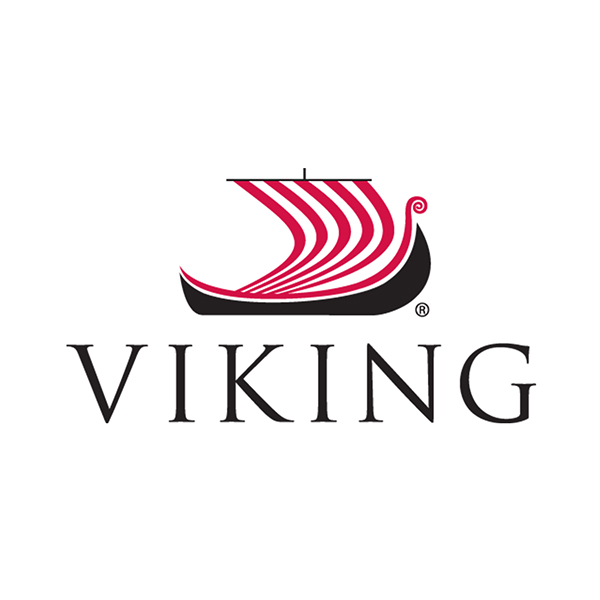
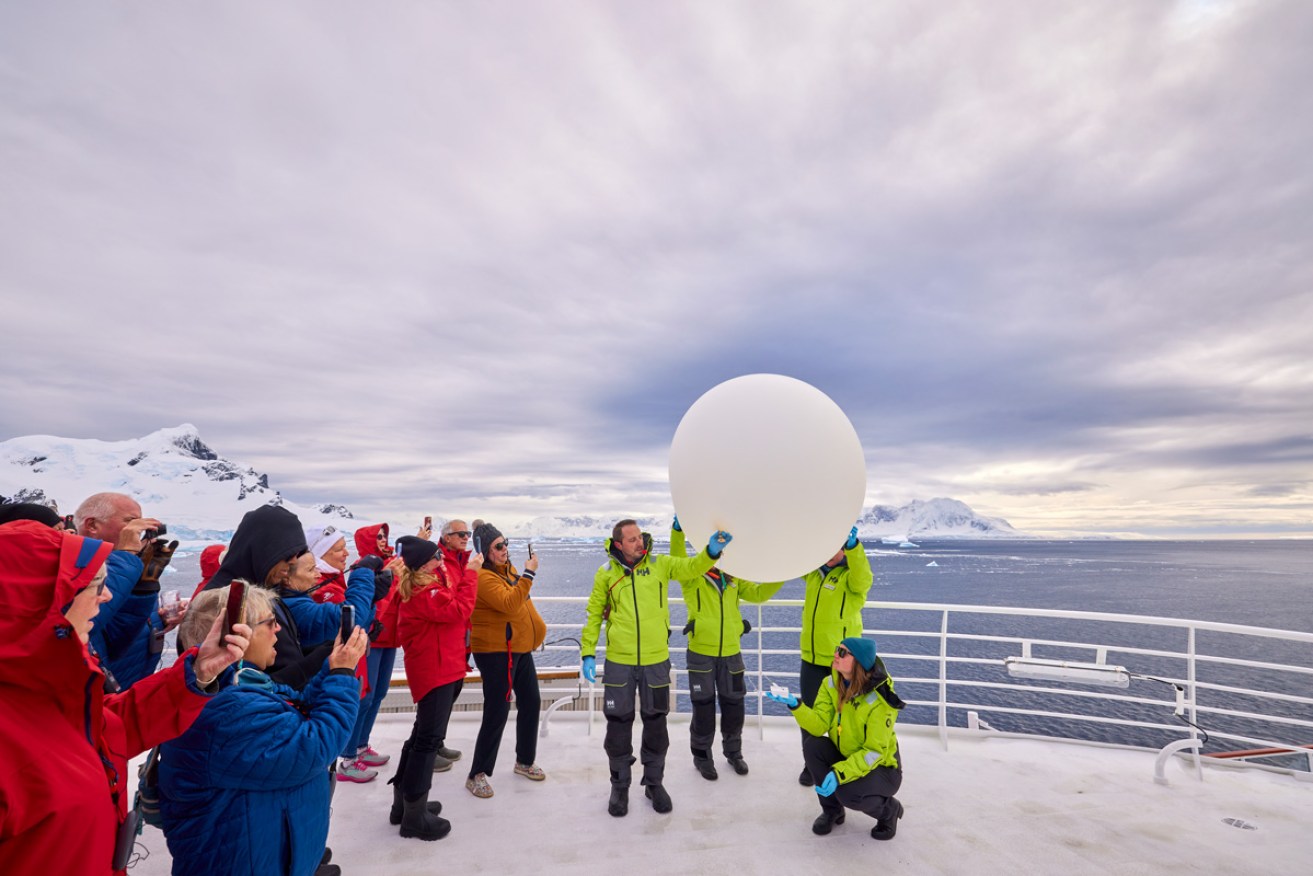
Weather balloon release on the deck of Viking Polaris. Photo: Viking Cruises
But cruise company Viking has opted for a different model, backing itself with two new bespoke expedition ships that feature all the luxury you would expect, plus a genuine floating laboratory dedicated to real scientific research.
Billed as The Thinking Person’s Expedition, the voyages on these ships have everything guests demand from a luxury cruise – lavish spa, high-end restaurants and fascinating shore excursions – but with the addition of a genuine program of Citizen Science, exclusive to Viking.
In an industry first, guests will have the option to participate and immerse themselves in very real research, as participants, not just observers, alongside scientists who are performing vital research into everything from ornithology and marine biology to climate change and oceanography.
If you’re the sort of person who doesn’t just want to see a whale, but wants do something tangible to help its survival. Or someone who would love to visit a penguin colony, and then help scientists discover how to protect it.
In short, if you’re someone who has had a hankering to be a scientist for a day, to not just visit, but to learn about your destinations and surrounds, a Viking Thinking Person’s Expedition is for you.
Science driven
Launched in 2022, Viking created its expedition ships, the Viking Polaris and the Viking Octantis, for a very different kind of expedition cruise.
The ships’ science facilities were designed with the input of the University of Cambridge’s Scott Polar Research Institute, meaning there’s a fully functioning laboratory in use on every voyage, with guests able to help and learn alongside the scientists conducting tangible research – an industry first.
That might mean sampling polar phytoplankton as part of a NASA-funded program of genetic population analysis, participating in a weather balloon release and seeing the data it delivers in real time, or analysing photographs to help track whales — the experiences and opportunities change depending on what research is being conducted on each journey.
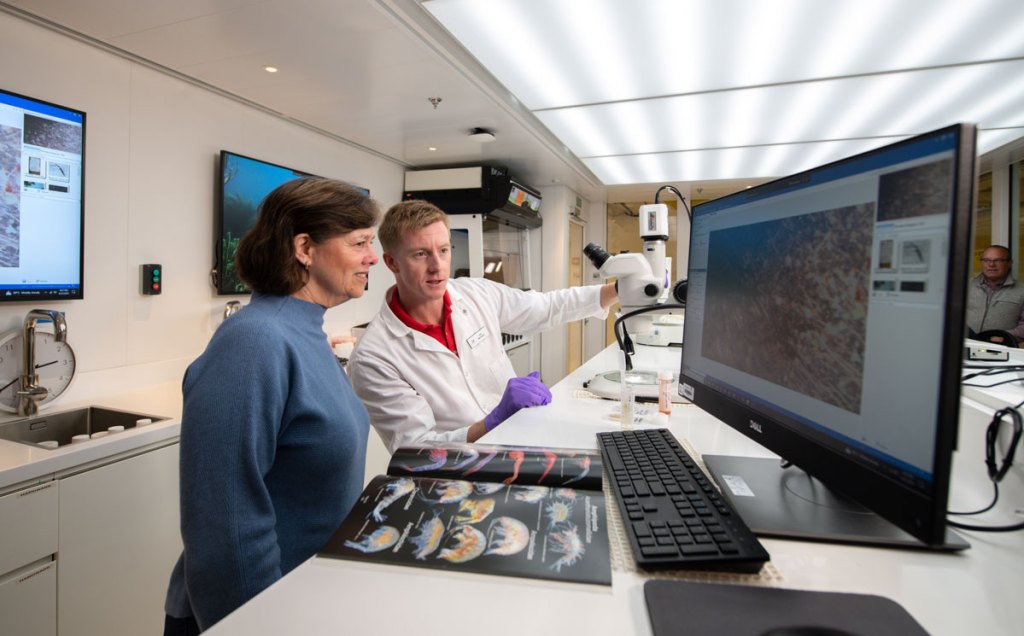
The ships’ science facilities were designed with the input of the University of Cambridge’s Scott Polar Research Institute. Photo: Viking Cruises
Of course, these unique opportunities are just some of the options for discovery and adventure on and off the ship and can be neatly fitted into a daily schedule which might include kayaking between icebergs, observing penguin colonies, bird watching, hiking or visiting historic settlements, depending on the itinerary.
The Viking difference: As well as the scientists, at least 36 experts, ranging from ornithologists and marine biologists to oceanographers and glaciologists, join every voyage, sharing their knowledge with guests in an inclusive way, in keeping with Viking’s ethos of “don’t just visit, learn”.
Built for immersion
Everything about the ships is designed to match the immersive science with countless opportunities to be close to nature.
The ships’ cabins have floor-to-ceiling windows with no outdoor balcony to obstruct views or reduce interior space, but with a lowerable sash window to allow the outside in.
There are also floor-to-ceiling windows in public areas, making virtually every inch of the ship an observation lounge.
Stunning lecture venue The Aula, with its floor-to-ceiling windows and 270-degree views, must surely be the most beautiful such facility anywhere in the world.
The Viking difference: Every cabin comes with a pair of binoculars so you’ll never miss a thing and feel even closer to nature.
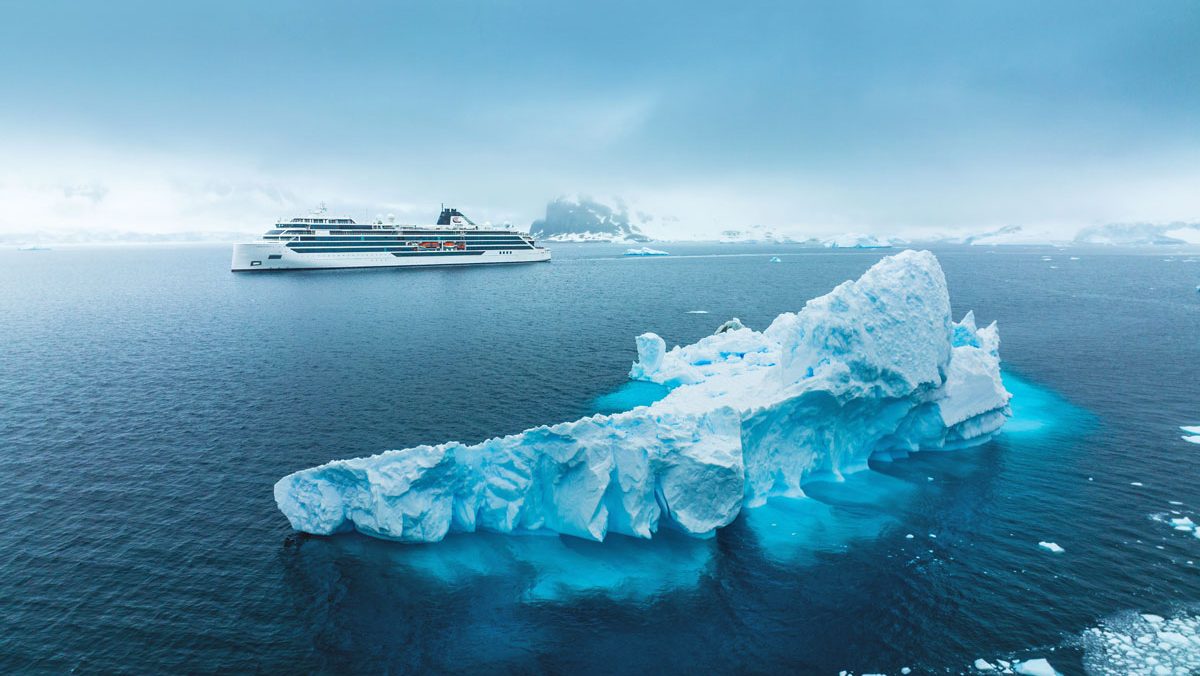
The Viking Polaris and Viking Octantis are kitted out with multiple options for leaving the ship to explore further. Photo: Viking Cruises
Not too big, not too small
The ships themselves are the perfect Goldilocks size – small enough to get into awe-inspiring but difficult-to-reach locations, but large enough to make their way to alternative spots to take advantage of wildlife movements or in response to changes in the weather.
The Viking difference: The tapered bow and “big belly” of the ships is designed for maximum stability and comfort in even rough waters and the u-tank stabilisers reduce the ships’ roll by 50 per cent.
Smooth departure
The Viking Polaris and Viking Octantis are kitted out with multiple options for leaving the ship to explore further, meaning there’s no queues or waiting around for tenders.
From the two-seater kayaks available for all guests throughout the journey and military-grade zodiacs to the convertible high-speed Special Operations Boats and the submarines for six guests with their revolving seats and 270-degree spherical windows, there’s plenty of ways to get out and start exploring.
The Viking difference: The industry-first internal marina, The Hangar, means guests can board the Special Operations Boats safely and easily from within the ship, protected from the elements.
The destinations
The Viking Polaris and Viking Octantis’ itineraries include Antarctica, South Georgia Island, Patagonia, the Northwest Passage, northern Canada and Greenland and the Great Lakes of North America.
Book now for cruises between 2024 and 2026 and save up to $4000 per couple.
Browse Viking’s Expedition itineraries at vikingcruises.com.au.
